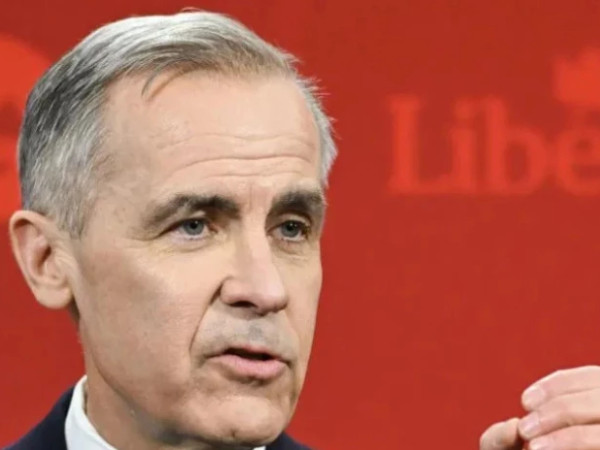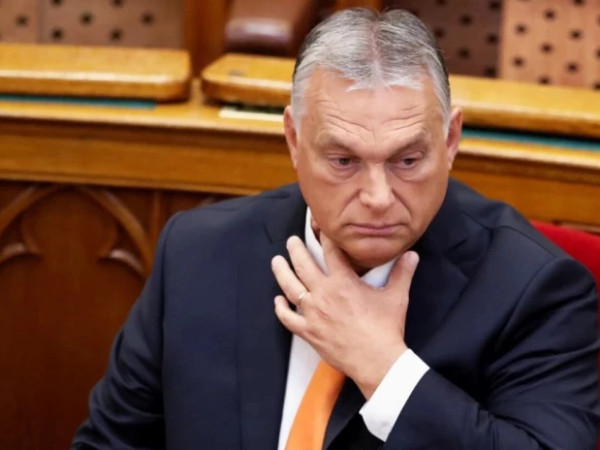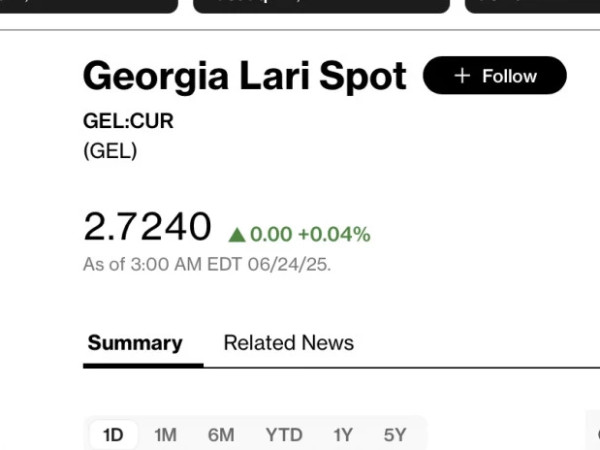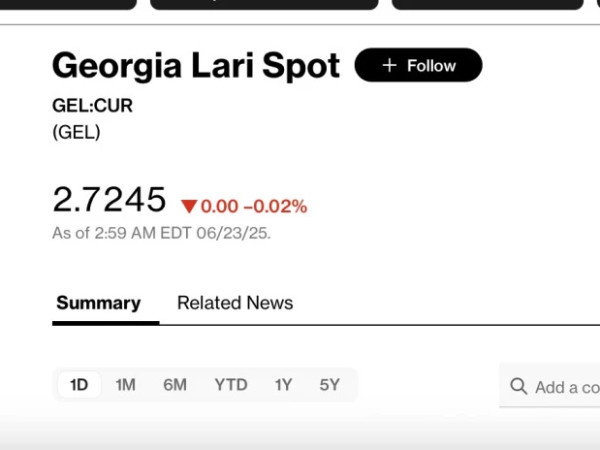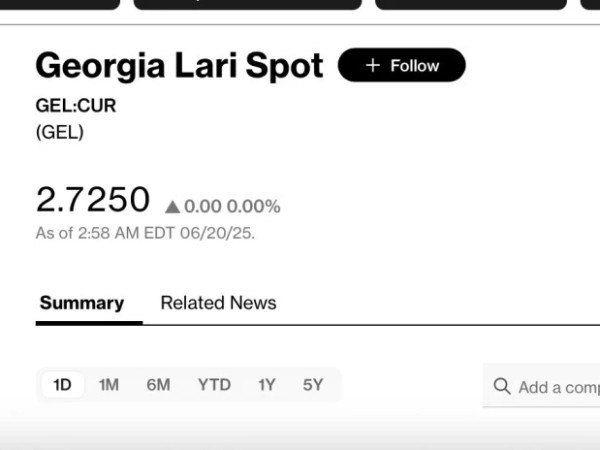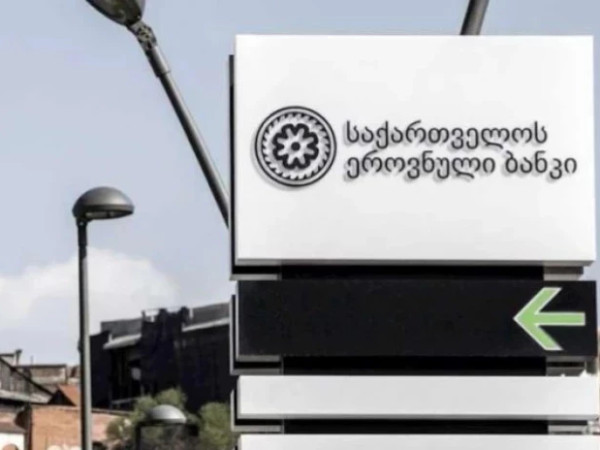Following the introduction of the incentive mechanism (PPA) in 2007, 83 power plants with a total installed capacity of 1.4 GW were constructed. However, the suspension of the PPA between 2017-21, along with increased public protests, slowed construction activity. The sector was revitalized with the introduction of the CFD scheme in 2022.
The unchanged need for imports or thermal generation is caused by the growth of local consumption of electricity and the seasonality of hydropower plants’ generation. The choice between imports and thermal power generation is mainly made on the basis of price, with technical limitations taken into account. Winter deficits can be filled with reservoir hydropower plants.
Wind and solar power plants provide higher returns on investment, while hydropower plants have higher efficiency and longer lifespan.
The introduction of CFDs has increased investor interest in wind and solar power plants, although GSE has set limits for their grid connection.
The introduction of CFD (Contract for difference) mechanism, two auctions held in 2022 and 2023, and the announcement of direct negotiations in 2025 have increased investor interest, especially in wind and solar power plants.
We expect an acceleration in power plant construction, with installed capacity reaching 9.0 GW by 2035.
We forecast the addition of 1.4 GW of hydro, 1.5 GW of wind, 1.0 GW of solar, and 0.4 GW of thermal power plants by 2035. This will raise the country’s installed capacity to 9.0 GW, representing a 90% increase over the current capacity.
Investors' increased interest in wind and solar power plants is explained by high returns and low construction risks









